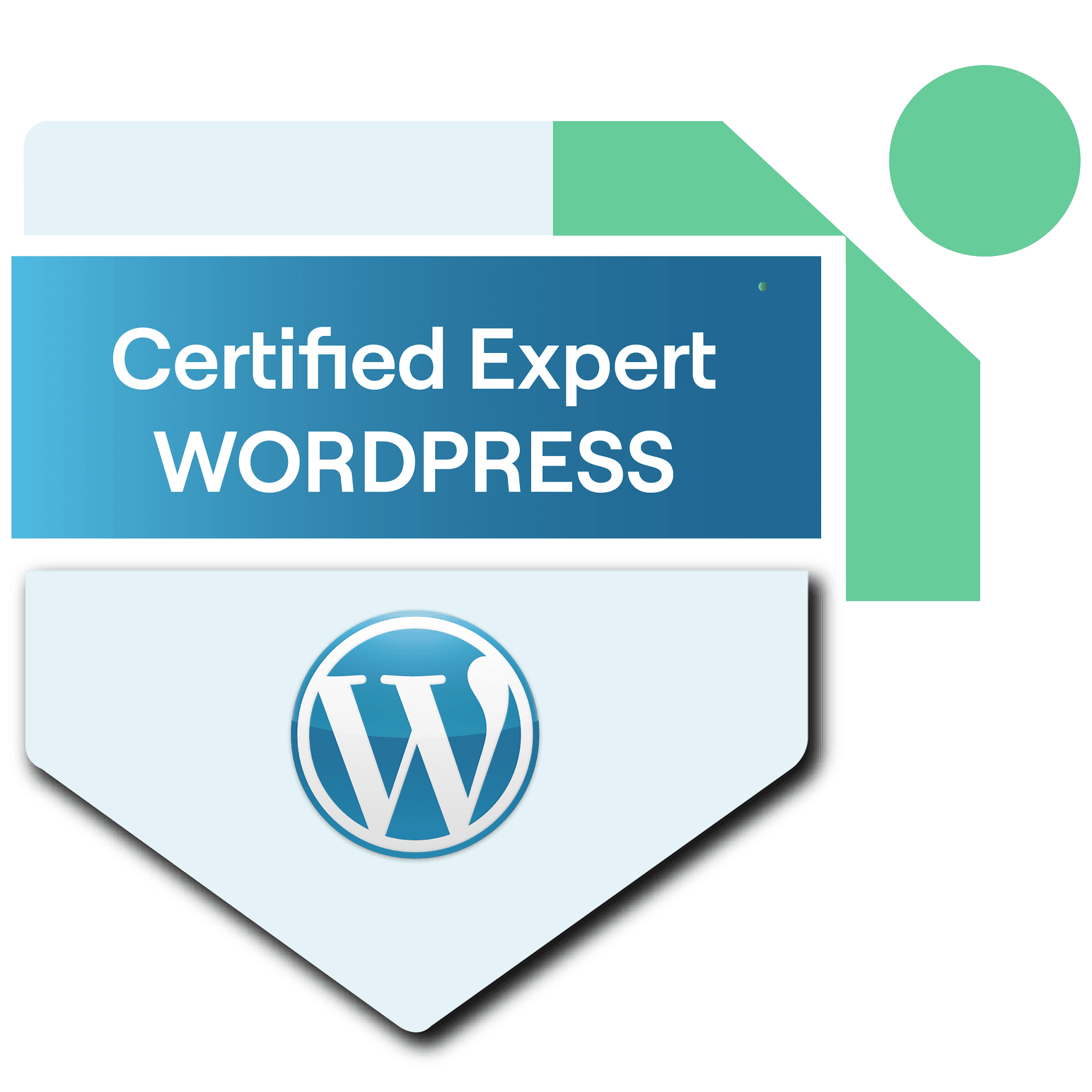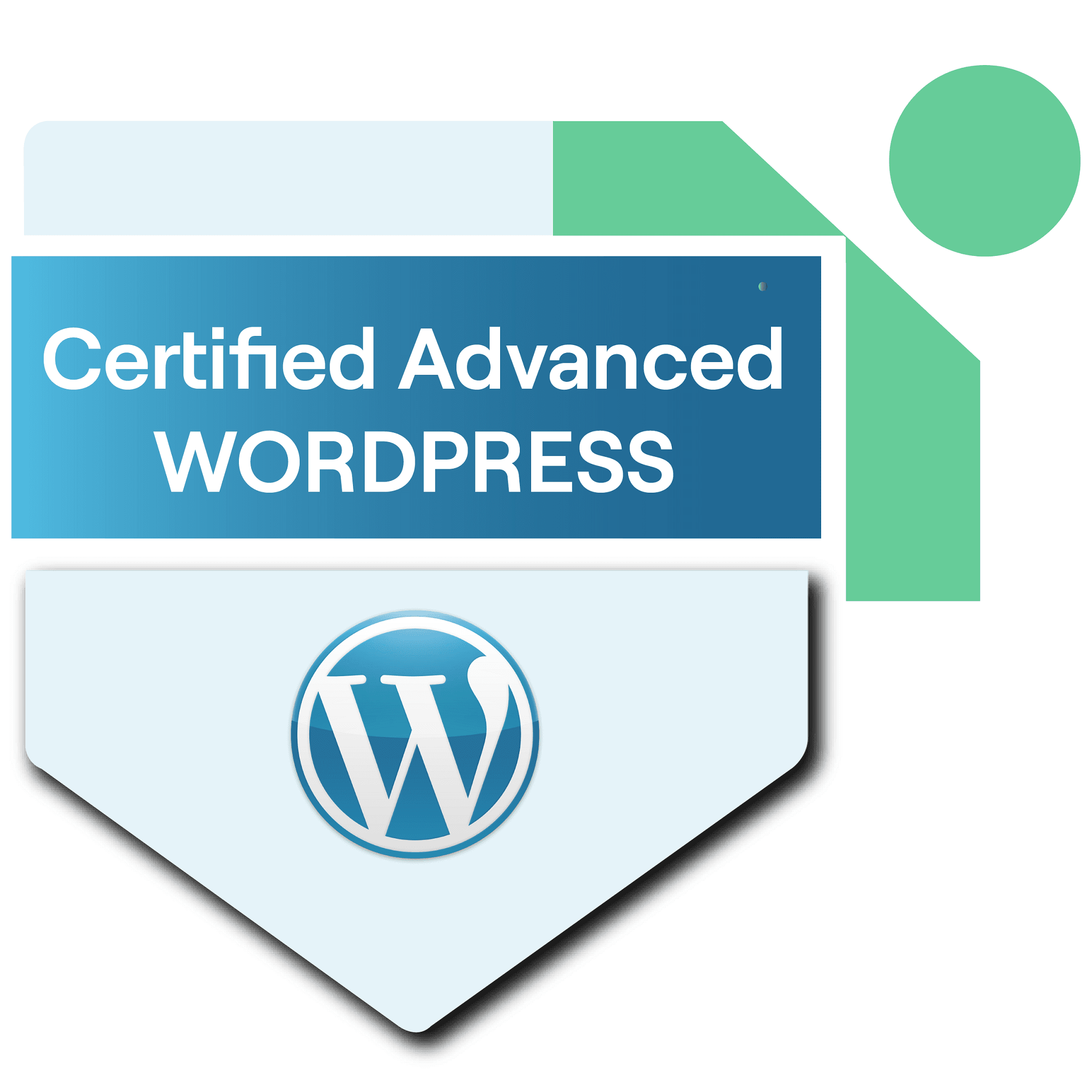Ever since its advent in the web arena, Drupal CMS has evolved constantly to emerge as one of the most complex content management systems.
Its acceptability and popularity can be mapped by the fact that several top-notch sites are using the CMS as their support system- The Economist, The White House, MIT, Harvard, Popular Science, and Sony Music to name a few. Today 538,813 people are using Drupal in 228 countries across the world in 182 available languages.
Those who are new to Drupal but have been using WordPress for a while will find some striking similarities between the two content management systems. Though, because of its interactive and sophisticated programming interface, drupal is considered more than a simple CMS tool- it is viewed as an end-to-end development solution. The system in drupal showcases advanced admin options that are supported by in-depth report generating tools. The basic use of the platform doesn’t require any technical whereabouts, but it is put more into use as you hire Drupal developers and advanced-level enterprises.
While Drupal has emerged as one of the most user-friendly CMS platforms, it can be too much to handle for some users. This post explores the various advantages and disadvantages that Drupal poses as a content management system.
Advantages:
- Drupal incorporates all basic features that you may need to manage content effectively. The Core version of Drupal includes basic utility features such as RSS feeds, user registration, page layout customization, menu management, and system administration.
- Drupal offers you great modules that can be used as the building blocks of your website, enabling you to create and manage content and rules quickly. Using the in-built themes and templates offered by Drupal, you need not start building a site from scratch, irrespective of how intricate your development venture may be.
- Drupal facilitates the easy organization of content. It lets you create custom lists, organize content through path URLs, create defaults, and associate content. This makes organizing, searching, reusing, and managing content simplified.
- The 7000+ plugins of Drupal allow you to add new capabilities to your development forte. The plugins are free to download and use, which means you, can use as many plugins as you feel like to enhance the functionalities of your Drupal portal.
Disadvantages:
- Drupal might offer great power and functionalities but it is not as user-friendly as other CMS available in the web arena, because of its high learning curve. CMS like WordPress and Joomla may offer better usability but they lack the power of Drupal.
- In terms of performance, Drupal lags behind WordPress in two aspects- scalability and loading. The expanded breadth of Drupal functionalities is to be blamed for the slower speed of the platform. Moreover, the significantly large learning curve is quite time-consuming at times.
- The backward compatibility feature is lacking in the Drupal CMS. This means, that if you are used to some other content system or program, then Drupal might not be the right CMS choice.
Considering both the advantages and disadvantages of the Drupal CMS, it can be said that the CMS is a perfect choice for those looking for powerful features, to enhance the functioning and usability of your next content-driven website.













